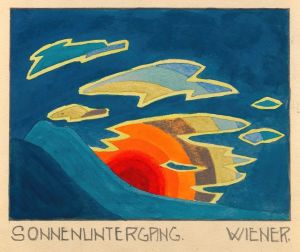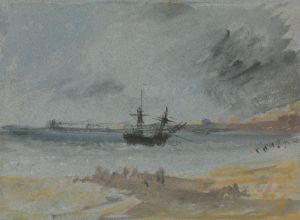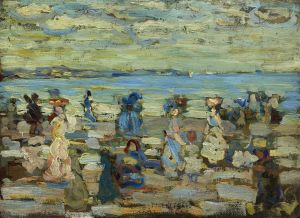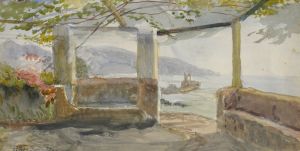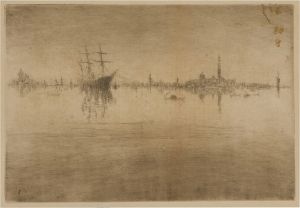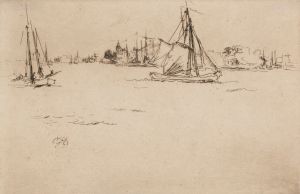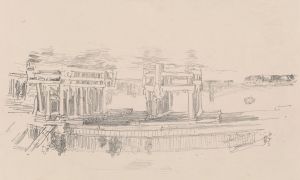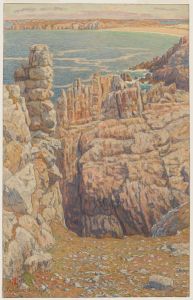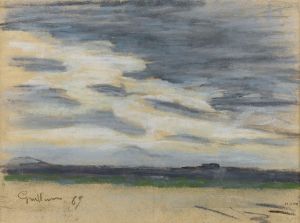
The Seashore
A hand-painted replica of James Abbott McNeill Whistler’s masterpiece The Seashore, meticulously crafted by professional artists to capture the true essence of the original. Each piece is created with museum-quality canvas and rare mineral pigments, carefully painted by experienced artists with delicate brushstrokes and rich, layered colors to perfectly recreate the texture of the original artwork. Unlike machine-printed reproductions, this hand-painted version brings the painting to life, infused with the artist’s emotions and skill in every stroke. Whether for personal collection or home decoration, it instantly elevates the artistic atmosphere of any space.
James Abbott McNeill Whistler was an American artist known for his significant contributions to the art world during the late 19th century. He is often associated with the Aesthetic Movement, which emphasized the visual and sensual qualities of art and design over practical or narrative considerations. Whistler's work is characterized by its innovative use of color and composition, as well as his belief in "art for art's sake."
"The Seashore" is one of Whistler's many works that exemplifies his unique style and artistic philosophy. While specific details about this particular painting are limited, Whistler's broader body of work provides context for understanding his approach to art. Whistler often drew inspiration from his surroundings, capturing the subtle nuances of light, color, and atmosphere in his paintings. His seascapes, in particular, are noted for their ability to convey the tranquility and vastness of the natural world.
Whistler's technique often involved a delicate balance of color and form, creating harmonious compositions that evoke a sense of calm and introspection. He was known for his use of a limited color palette, which allowed him to focus on the tonal relationships within a painting. This approach is evident in many of his seascapes, where the interplay of sky, sea, and land is rendered with a refined sensitivity to the effects of light and shadow.
In addition to his technical skills, Whistler was also a master of composition. He often employed asymmetrical arrangements and subtle gradations of color to guide the viewer's eye across the canvas. This compositional strategy is reflective of his interest in Japanese art, which he admired for its simplicity and elegance. Whistler's incorporation of these elements into his own work helped to establish him as a leading figure in the Aesthetic Movement.
Whistler's influence extended beyond his paintings. He was also a prominent figure in the art world, known for his sharp wit and outspoken views on art and society. His famous legal battle with art critic John Ruskin, who accused Whistler of "flinging a pot of paint in the public's face," highlighted his commitment to his artistic principles and his belief in the autonomy of the artist.
While specific information about "The Seashore" is scarce, it is likely that the painting embodies many of the qualities that define Whistler's oeuvre. His ability to capture the ephemeral beauty of the natural world, combined with his innovative use of color and composition, has left a lasting legacy in the history of art. Whistler's work continues to be celebrated for its aesthetic beauty and its contribution to the development of modern art.





